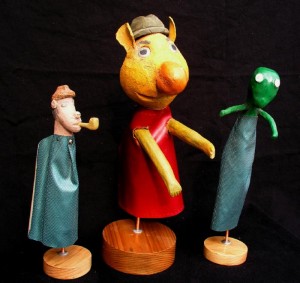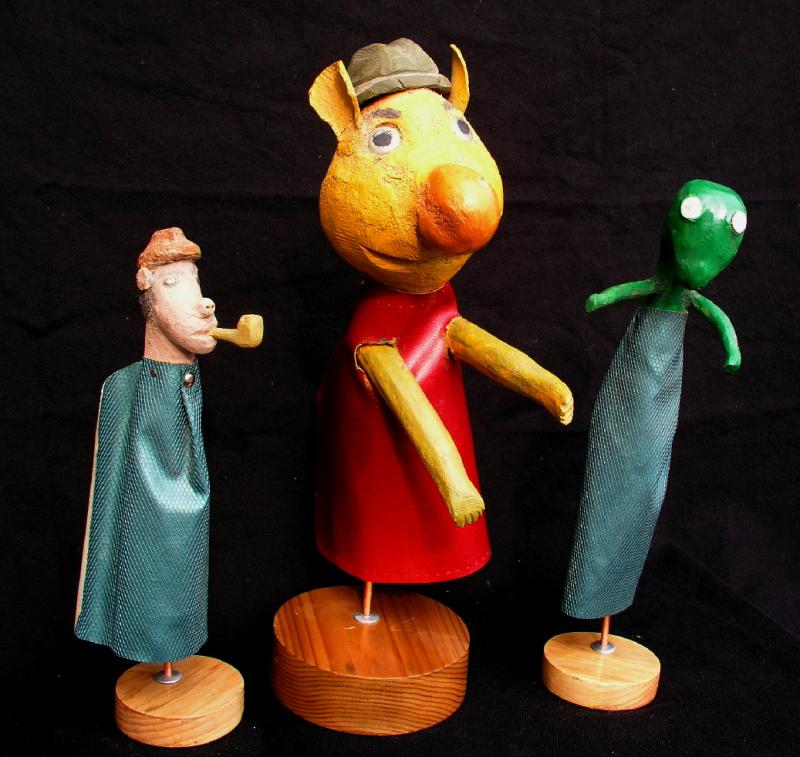
It is interesting to consider how the development of the World Wide Web has affected the work of the untrained artist. Like all artists, folk artists reflect the world they see around them, and have always been affected by the media. An example is in the work of Ewald Rentz who liked watching Sesame Street on t.v., and so produced sculptures of many of the main characters. But internet access does not have the same effect as watching television. Television focuses our attention, sometimes helping to create cultural icons such as Kermit the Frog.
The internet spreads our attention, giving us access to a much wider, but therefore more unfocused body of information. Things go “viral” and disappear within days, being replaced by the next “flash in the pan”. But more importantly the web also provides an interested individual the possibility to easily research any given subject. It is reasonable to assume that most modern folk artists will at some point use the internet to look at the work of other folk artists.
Previously this information would have been available only to those who had access to reference books, or could travel to an exhibition or sale. Overall this means that if they are so inclined, artists are being more influenced by each other, and if their motivation is to sell more folk art, they will look at and emulate what’s selling. This encourages fashion or trends which might be considered a negative. However, to a large extent ‘twas ever thus. Artists have always looked at each other’s work, and if they like what they see, they will consciously or unconsciously emulate it. The more interesting affect therefore is on the potential for an artist to develop an audience or market for his or her work from their home by creating a web site, and/ or joining a communal web site specializing in their type of work. This has the potential to encourage and support many who would otherwise never be discovered. A real God send to those who live in remote places. Of course it isn’t as simple as throwing up a few pictures up and waiting for the phone to ring.
One still has to promote and be reliable in transactions, etc., but the potential is now much greater for a talented individual to be discovered by their audience, and thus support their output. For the Silo, Phil Ross.
